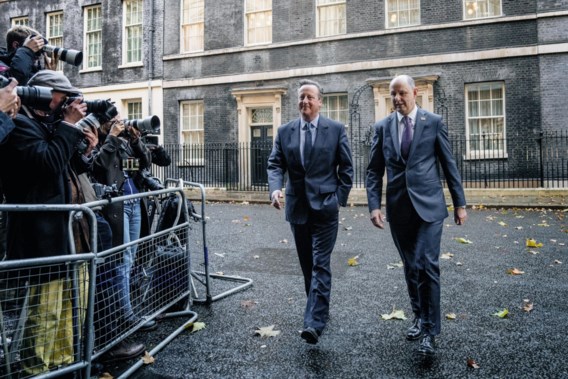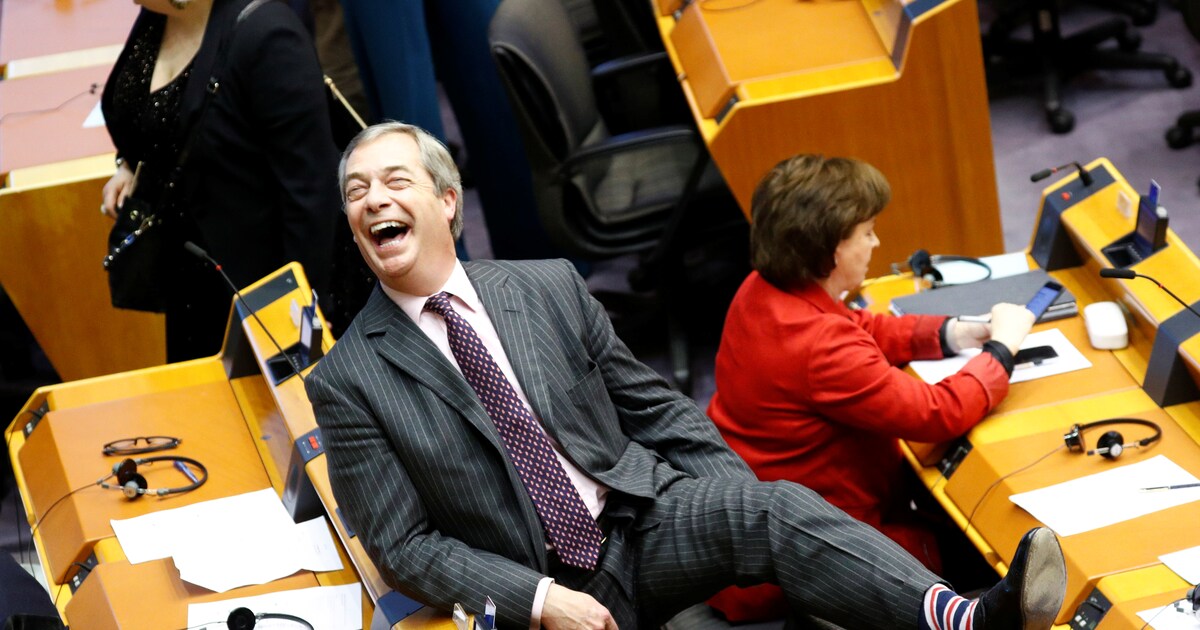renewUniformed police officers are definitively prohibited from wearing headscarves, skullcaps, crosses, and other expressions of religious and philosophical beliefs. Minister Dilan Yeşilgöz (Justice and Security) will add a new dress code ban before summer. The National Coordinator for Anti-Discrimination and Racism was angry.
‘An agent is a person who represents the government on a specific assignment. Visible expressions of religion or belief that don’t match the uniform. That’s why we are now enshrining the neutrality of police uniforms in regulations,” Yesilgöz emphasized on social media. He wanted to end the long discussion with this.
The minister explained that the regulation would be adjusted by explicitly including this ‘religious neutrality’ in the so-called police dress code. In doing so, he was responding to MP Lilian Helder’s PVV motion, which advocated a ban on such religious expressions. The motion was supported by a majority in the House of Representatives. The new rules should prevent repeated attempts to allow visible expressions of faith among police officers.
“I hope the discussions are over and there is no more political discussion on this matter behind the agency,” the minister told NOS. Telegraph. “The word uniform says it all: it should always be the same as a police officer on the street. (…) These are the people who represent the government and are mandated to use force if necessary.”
‘political motives’
Rabin Baldewsingh, National Coordinator Against Racism and Discrimination, was “deeply disappointed and shocked” that Yeşilgöz took this step. “This is driven by political motives to exclude a certain target group, Muslims in our society. It is incomprehensible that it was the Minister of Justice – the guardian of the rule of law – who decided to do this. It goes against Article 1 of the Constitution, which says that everyone should be treated the same.”
Baldewsingh argues that it doesn’t matter how many officers actually want to wear such religious expressions. “There are one million Muslims in the Netherlands, as well as significant Jewish and Hindu communities, but whether it’s one or ten: you have to be treated the same, whatever clothes you wear.” Moreover, said the anti-racism fighter, this was a “non-cautious step” at a time when the police were intensively looking for new personnel. “It’s not inclusive because you’re excluding the whole group. It even has a polarizing effect.”
In his opinion, countries such as the UK, Canada, Australia and a growing number of US cities are demonstrating that religious expression – which is allowed there – does not undermine the neutrality of officers. ,,Clothing does not determine a person’s professional behavior. The minister seemed to distrust the agent’s actions. But I don’t make any other decisions if I exchange my jacket for Indian clothes, do I?”
Religious expression is allowed in these countries
Almost everywhere in the Anglo-Saxon world it is now permitted to wear a headscarf, yarmulke or turban as police officers. This is allowed in the United Kingdom (since 2001), Ireland, New Zealand, Australia, Canada and more cities in the United States.
The reasons police in these countries give for policy changes are always the same: they want to become a more diverse organization, so that the police become a better reflection of society and thus better reach, understand, and serve it. Preventing exclusion is also frequently mentioned. Read here how it works in London.
Years of discussion
The ACP police union was pleased with the decision. “Now it is finally clear to everyone: the uniform is neutral and the same for everyone. It has nothing to do with discrimination,” spokesman Maarten Brink responded. “That ends the discussion.”
For years there has been debate over whether or not the wearing of headscarves, yarmulkes and crosses by police officers or special investigating officers (boas) in uniform. In 2021, for example, the Utrecht city council passed a motion to allow religious expression for boas, but a majority in the House of Representatives did not support it. Yesilgöz also said that he thinks the boa should look neutral.
As of 2017, there is still much criticism of the Amsterdam police superior’s plans to allow headscarves as part of police uniforms. For example, unit leaders hoped to recruit more officers with migration backgrounds, but this statement caused a lot of commotion within the police force. The agency states that colleagues with a migration background are preferred this way.
Comment can be found at the bottom of this article. Only comments with a full name placed. We do that because we want to argue with people who stand up for what they say, and therefore name them. Those who still need to enter their name can do so by clicking ‘Login’ at the top right of our site.
Check out our most viewed news videos in the playlist below:
Free unlimited access to Showbytes? Which can!
Log in or create an account and don’t miss the stars.

“Hipster-friendly creator. Music guru. Proud student. Bacon buff. Avid web lover. Social media specialist. Gamer.”




/s3/static.nrc.nl/wp-content/uploads/2024/04/web-2404buibootmigrant.jpg)


